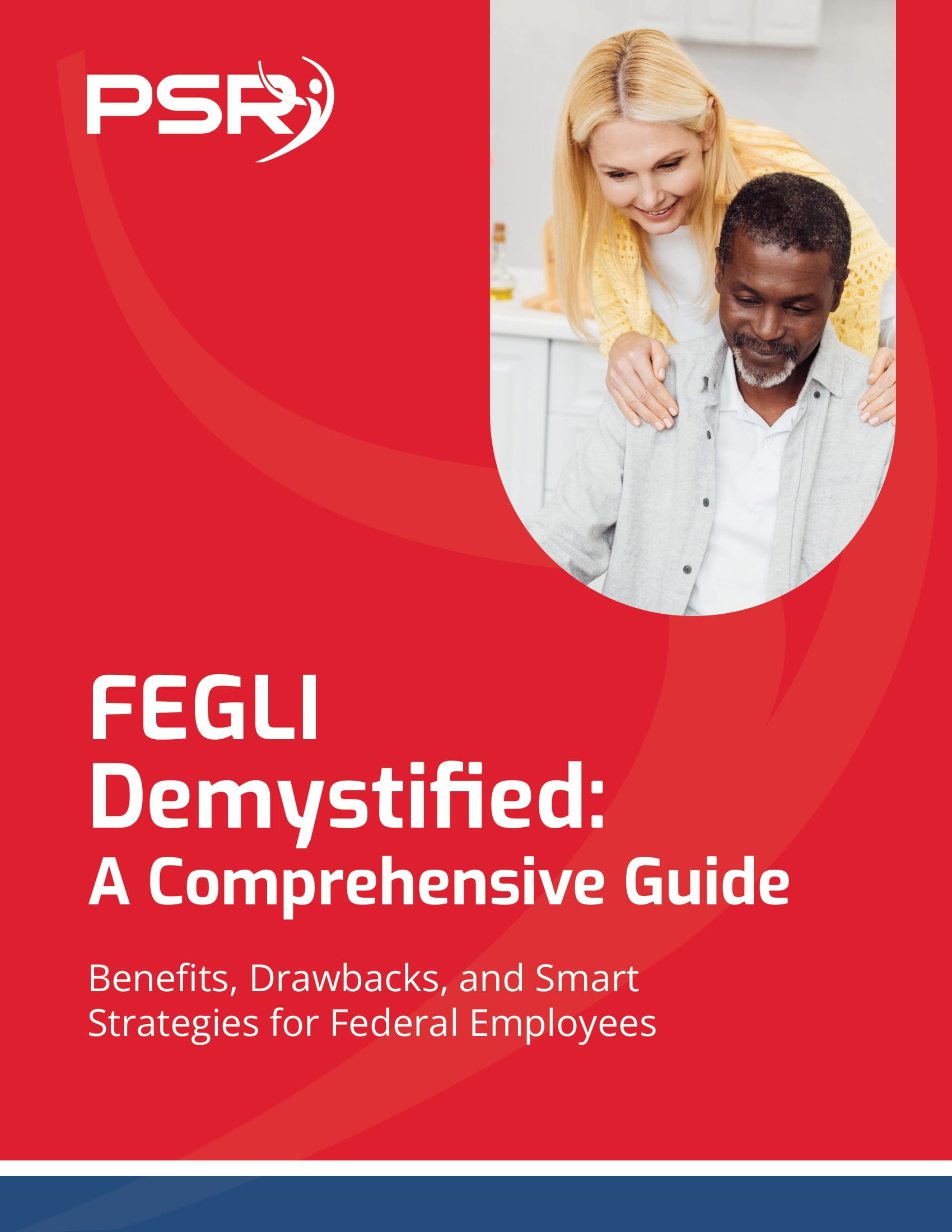Key Takeaways
-
Federal employment offers hidden benefits that significantly enhance your long-term retirement plans.
-
Understanding these perks now can help you maximize their value and plan for a secure financial future.
Exploring the Hidden Gems of Federal Employee Benefits
When you think about federal employment, you might first consider job stability and a steady paycheck. However, as a federal employee, you’re entitled to a treasure trove of benefits that extend far beyond your monthly salary. Many of these perks are specifically designed to ensure your retirement years are as comfortable and secure as possible. Let’s dive into these often-overlooked benefits and how you can leverage them to maximize your retirement potential.
Retirement Systems Built for Your Security
Federal Employees Retirement System (FERS)
- Also Read: FAA, Law Enforcement, and Special Federal Employee Categories—Here’s What Makes Their Retirement Unique
- Also Read: Blending Private and Public Sector Retirement Plans Is Complicated—Here’s Where Couples Get It Wrong
- Also Read: The Silent Shift in Postal Service Retirement Benefits That Could Change Everything by 2026
FERS combines three powerful components: a basic annuity, Social Security benefits, and the Thrift Savings Plan (TSP). Together, these form a robust retirement package tailored to meet your financial needs. The FERS basic annuity, calculated using your high-3 average salary and years of service, serves as a dependable foundation. Add Social Security benefits and your TSP savings, and you’ve got a well-rounded retirement income.
Civil Service Retirement System (CSRS)
If you were hired before 1984, you might still be under CSRS, which offers one of the most generous pension plans available. Though CSRS doesn’t include Social Security, the higher pension often offsets this.
Maximizing Tip: If you’re a FERS employee, take full advantage of agency contributions to your TSP by contributing at least 5% of your salary. This ensures you receive the full matching amount.
Military Service Buyback Program
Did you serve in the military before your federal career? The military service buyback program allows you to count your military years toward your federal retirement. By paying a small percentage of your military earnings, you can significantly increase your years of service for retirement calculation purposes.
Why It Matters: Adding these years can boost your FERS or CSRS pension and enable you to retire earlier. Time is of the essence, as waiting too long to buy back your military time can result in higher interest charges.
Health Benefits That Last a Lifetime
Federal Employees Health Benefits (FEHB) Program
FEHB is one of the most comprehensive health insurance programs available to federal employees. Once you retire, you can continue your FEHB coverage if you meet eligibility requirements. Coordinating FEHB with Medicare can provide robust healthcare coverage during retirement, minimizing your out-of-pocket costs.
Federal Employees Dental and Vision Insurance Program (FEDVIP)
FEDVIP offers dental and vision coverage, which remains available to retirees. This ensures that your healthcare needs are met even after you’ve left the workforce.
Maximizing Tip: Review your FEHB and FEDVIP plans annually during Open Season to ensure you’re in the best plan for your needs. Changes made during Open Season take effect on January 1 of the following year.
The Thrift Savings Plan: Your Retirement Powerhouse
The TSP is a retirement savings and investment plan similar to a 401(k). For 2025, the contribution limit is $23,500, with an additional $7,500 catch-up contribution for employees aged 50 or older. For those aged 60 to 63, an increased catch-up limit allows even more savings.
Investment Options
TSP offers five core investment funds, ranging from conservative to high-risk, along with Lifecycle Funds tailored to your retirement timeline.
Maximizing Tip: Regularly review your investment allocations and adjust them as you near retirement to reduce risk and protect your savings.
Special Benefits for Law Enforcement Officers
Federal law enforcement officers, firefighters, and air traffic controllers enjoy enhanced retirement benefits due to the demanding nature of their roles. They can retire as early as age 50 with 20 years of service or at any age with 25 years of service. Additionally, these employees receive the FERS Special Retirement Supplement until they’re eligible for Social Security.
Long-Term Care Insurance
Planning for long-term care is essential, especially as healthcare costs continue to rise. The Federal Long Term Care Insurance Program (FLTCIP) provides coverage for services like assisted living, nursing home care, and in-home care. Enrolling early ensures lower premiums and comprehensive coverage when you need it most.
Maximizing Social Security Benefits
For FERS employees, Social Security forms a critical part of your retirement income. Knowing when to claim these benefits can significantly impact your financial future. While you’re eligible to start collecting at age 62, delaying benefits until your full retirement age or beyond can result in a higher monthly payment.
Windfall Elimination Provision (WEP)
If you’re under CSRS and qualify for Social Security due to other employment, WEP may reduce your Social Security benefits. Understanding how WEP works can help you plan accordingly.
Flexible Spending Accounts (FSAs)
FSAs allow you to set aside pre-tax dollars for eligible healthcare and dependent care expenses. While these accounts aren’t available after retirement, they’re an excellent way to save on current healthcare costs and free up more funds for your TSP or other retirement savings.
Life Insurance That Adapts to Your Needs
The Federal Employees’ Group Life Insurance (FEGLI) program offers term life insurance at group rates. As you near retirement, you can carry a portion of your FEGLI coverage into retirement, ensuring financial security for your loved ones.
Maximizing Tip: Evaluate your coverage needs regularly, especially as FEGLI premiums increase with age.
Professional Development and Education Benefits
Federal agencies often provide tuition assistance, certifications, and training programs to enhance your skills. While these benefits may not directly impact your retirement, they can help you qualify for promotions and higher salaries, increasing your high-3 average for FERS or CSRS pension calculations.
Leave Benefits That Work for You
Federal employees accumulate sick and annual leave, which can significantly affect your retirement:
-
Sick Leave: Unused sick leave is converted into additional service credit for retirement calculations.
-
Annual Leave: You can cash out unused annual leave when you retire, providing a financial cushion as you transition into retirement.
Maximizing Tip: Plan your leave usage carefully, especially in the years leading up to retirement, to maximize these benefits.
Retirement Planning Tools and Resources
Federal agencies offer various tools and resources to help employees prepare for retirement. These include:
-
Retirement Seminars: Workshops that provide detailed information on retirement benefits and planning.
-
Benefit Calculators: Tools to estimate your annuity, TSP growth, and Social Security benefits.
-
Human Resources Support: Personalized guidance from HR specialists to navigate your benefits.
Post-Retirement Employment Options
Retirement doesn’t have to mean the end of your career. Many federal retirees choose to:
-
Rejoin the Workforce: Some return to federal employment under special reemployment programs.
-
Consult or Freelance: Leveraging your expertise can provide additional income without full-time commitment.
-
Volunteer: Many retirees find fulfillment in giving back to their communities.
Taking Charge of Your Retirement Future
Federal employee benefits are a powerful tool for securing a comfortable retirement. By understanding and actively managing these perks, you can ensure you’re making the most of what’s available. Whether it’s maximizing your TSP contributions, leveraging the military buyback program, or carefully planning your health coverage, the choices you make today will shape your retirement tomorrow.













